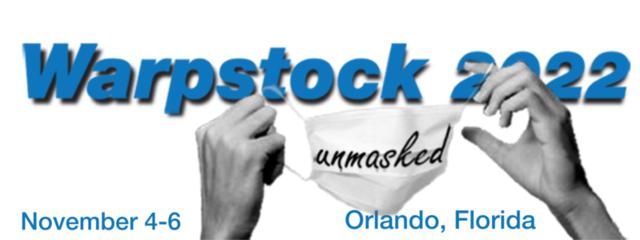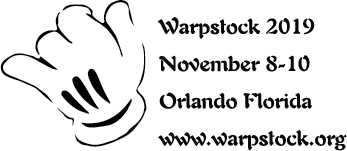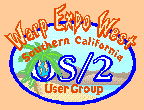SCOUG-HELP Mailing List Archives
Return to [ 25 |
July |
2004 ]
<< Previous Message <<
>> Next Message >>
Content Type: text/plain
=====================================================
If you are responding to someone asking for help who
may not be a member of this list, be sure to use the
REPLY TO ALL feature of your email program.
=====================================================
Peter,
Thanks for the information. I don't fully appreciate what a socket means, but I'll look it
up.
I guess you gave me the information that I need about the 0.0.0.0 foreign hosts and 0
foreign ports. Just because they are zero now, that could change. For example, a
bogus program inside my computer (adware/spyware) could send information without
my knowledge or authorization (a problem mostly for Windows computers). My system
is fairly well protected from attacks directed at me from the outside. I have an Injoy
firewall, which dumps unsolicited packs.
HCM
On Sat, 24 Jul 2004 23:02:50 PDT7, Peter Skye wrote:
>=====================================================
>If you are responding to someone asking for help who
>may not be a member of this list, be sure to use the
>REPLY TO ALL feature of your email program.
>=====================================================
>
>Harry Motin wrote:
>>
>> I don't understand what a "Foreign Port" of 0 means.
>> And I don't know what a "Foreign Host" of 0.0.0.0 means.
>
>I haven't done a lot of socket programming and I'm no expert, but this
>might help.
>
>When I want to wait for some other machine to connect to me, I open a
>socket on a specific port (for example, on port 25 if I'm doing SMTP
>stuff) and then I "Listen" on that socket. Since no other machine has
>tried to connect to me yet, netstat -s should show that I am in the
>"Listen" state on port 25 and there is nobody connected to me (hence the
>zero values).
>
>When some other machine wants to transfer a mail message to me, it will
>contact my IP address on port 25 (the SMTP standard port, look in your
>\MPTN\ETC\SERVICES file) and my TCP stack will tell my program that I
>have a connection. At that point, netstat -s will no longer report the
>state as "Listen" but instead will say something like "Active" and will
>report the foreign machine's IP address and port.
>
>The IP address gets the packets to the proper machine. The port tells
>the TCP stack where to send the packets when they arrive. The socket is
>the table entry number in the TCP table where each connection's
>information is kept.
>
>When you send a packet you open a TCP socket and send to the foreign
>machine's IP+port. To receive packets you open a socket which listens
>on a specific port and you get whatever is sent to that port. This is
>why each protocol has a specific port number -- FTP 21, SMTP 25, HTTP
>80, POP3 110 -- so your programs can tell the TCP stack which packets
>they are to receive.
>
>The TCP stack has several tables but the main one is the one shown by
>netstat -s. netstat -s tells you all of your current sockets plus what
>local port they are connected to, plus (if there's a connection) what
>the foreign machine's IP address and port are. The socket number is
>internal to each machine so the foreign machine's socket isn't reported
>back to you.
>
>- Peter
>
>
>
>=====================================================
>
>To unsubscribe from this list, send an email message
>to "steward@scoug.com". In the body of the message,
>put the command "unsubscribe scoug-help".
>
>For problems, contact the list owner at
>"rollin@scoug.com".
>
>=====================================================
>
>
>
=====================================================
To unsubscribe from this list, send an email message
to "steward@scoug.com". In the body of the message,
put the command "unsubscribe scoug-help".
For problems, contact the list owner at
"rollin@scoug.com".
=====================================================
<< Previous Message <<
>> Next Message >>
Return to [ 25 |
July |
2004 ]
The Southern California OS/2 User Group
P.O. Box 26904
Santa Ana, CA 92799-6904, USA
Copyright 2001 the Southern California OS/2 User Group. ALL RIGHTS
RESERVED.
SCOUG, Warp Expo West, and Warpfest are trademarks of the Southern California OS/2 User Group.
OS/2, Workplace Shell, and IBM are registered trademarks of International
Business Machines Corporation.
All other trademarks remain the property of their respective owners.
| 







